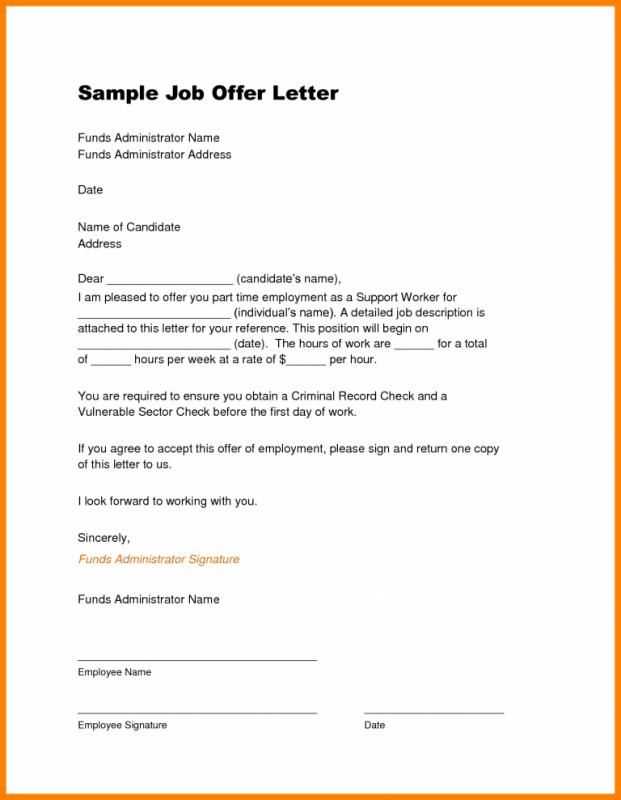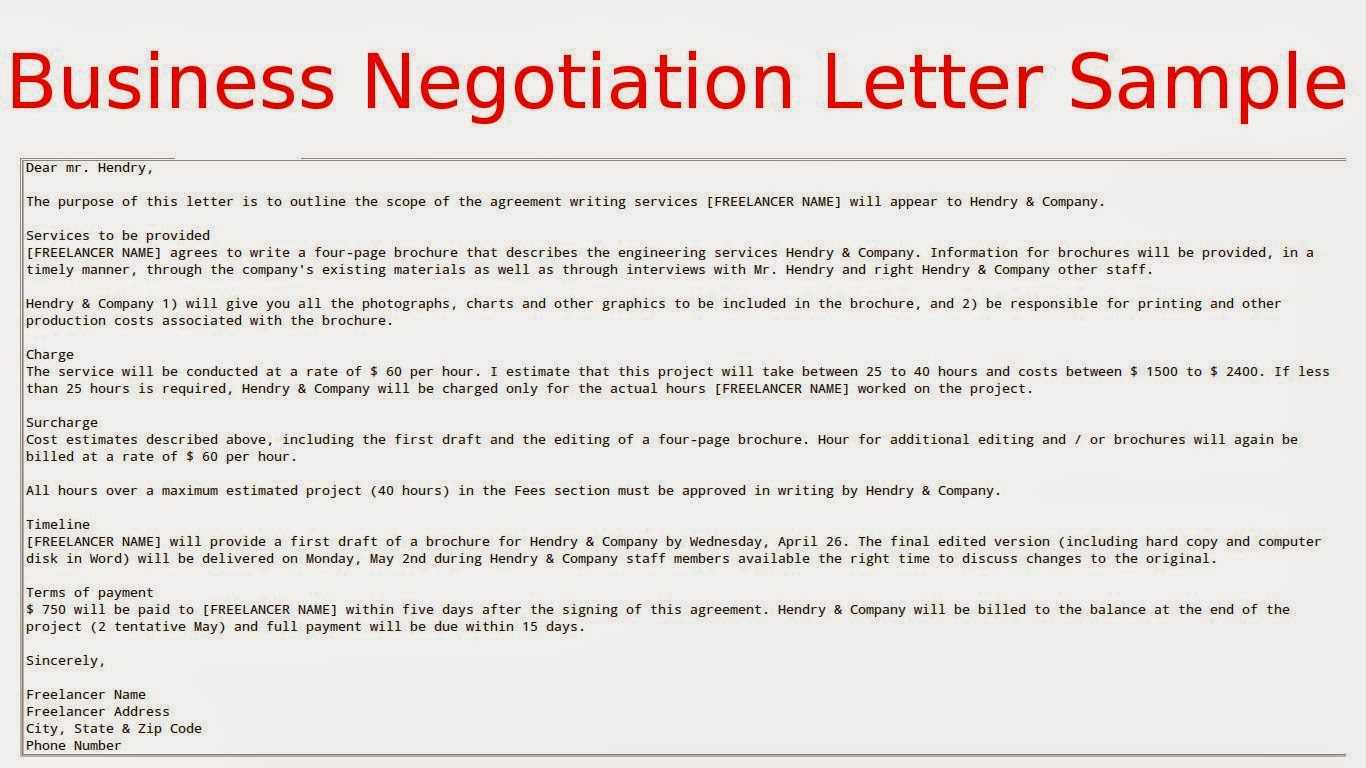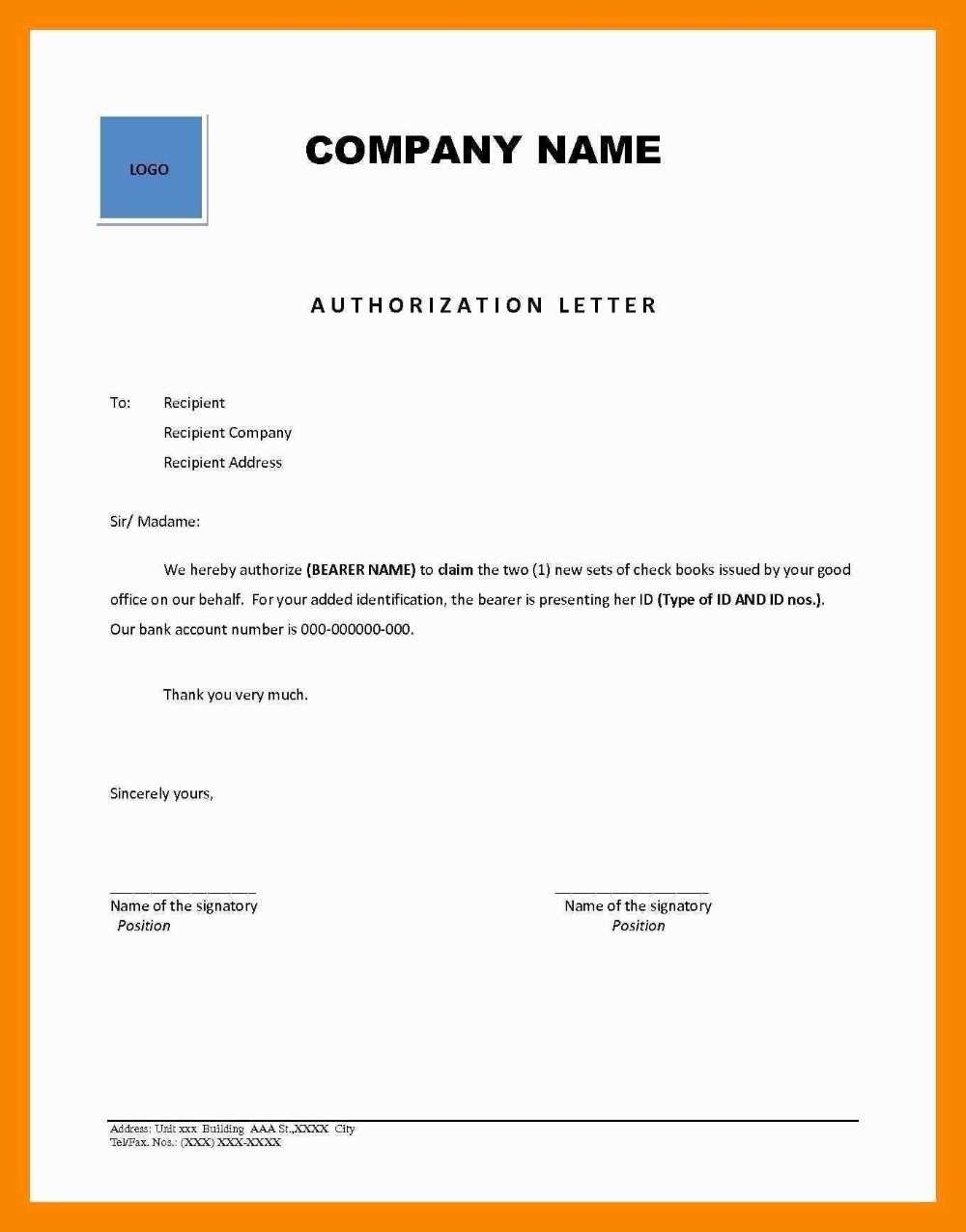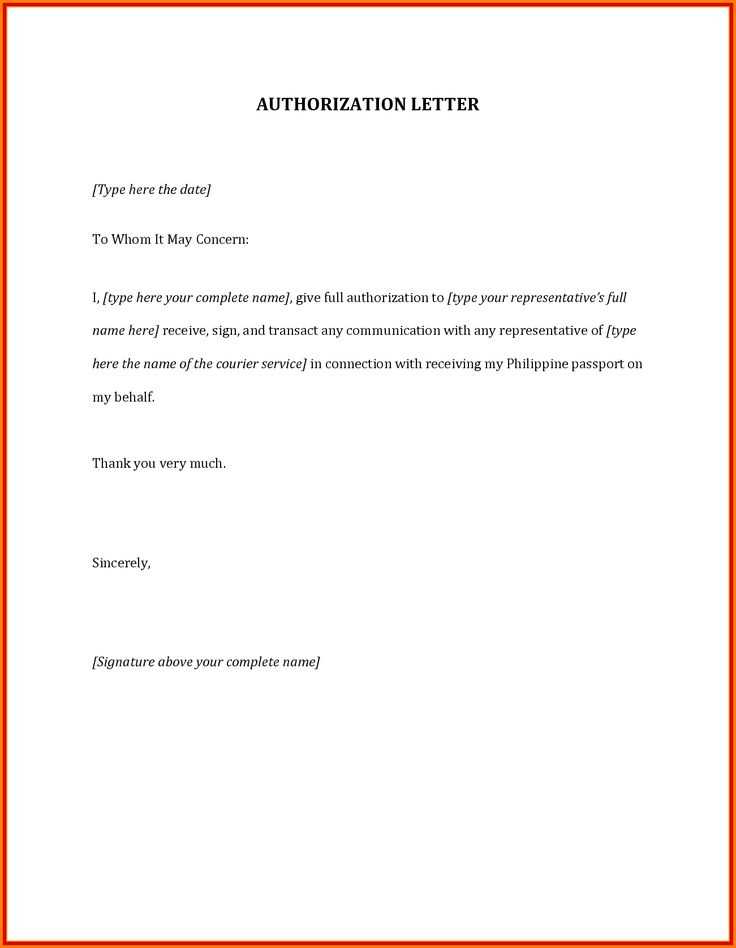Fuel Surcharge Letter Template for Efficient Billing

When dealing with fluctuating costs related to transportation or delivery, businesses often need to communicate additional fees to their clients. These charges are usually intended to compensate for changes in operational expenses that are beyond a company’s control. Such adjustments can be critical for maintaining profitability while ensuring transparency in financial dealings with customers.
The need to inform clients of these extra costs is essential for smooth transactions. An effective way to do this is through formal communication that clearly outlines the reason for the added fee and its specific details. A well-structured message ensures that recipients understand the rationale behind the charges and helps to avoid any misunderstandings.
In this guide, we explore how to create a professional and clear document that communicates these types of additional charges. A well-crafted approach can build trust, minimize disputes, and keep clients well-informed about any changes in their billing structure.
What is a Billing Adjustment?

Businesses often face varying costs related to essential operations, such as transportation, that can fluctuate over time. To manage these unpredictable expenses, companies may introduce additional charges to customers. These charges are typically added to the final price to cover the increasing costs incurred due to external factors, like rising transportation fees.
How It Works
When unforeseen circumstances cause a sharp rise in operational costs, a company might include extra fees on client invoices. These adjustments are usually a percentage of the original amount and are intended to reflect the changes in the cost structure. It helps companies maintain financial stability without compromising service quality.
Why It Is Necessary
Introducing such fees ensures that businesses can continue to operate smoothly, even during times of economic change. By clearly communicating the reasons for these adjustments, companies maintain transparency with their clients and avoid confusion. This method is often used in industries where costs can fluctuate unpredictably, such as logistics or energy sectors.
Understanding Its Role in Business
In any business, managing costs effectively is crucial for long-term success. When certain expenses rise unexpectedly, businesses need a way to ensure that these changes do not negatively impact their profitability. One common method to address such situations is by implementing additional charges to customers, helping companies maintain financial balance while being fair and transparent in their pricing strategies.
Maintaining Profit Margins
When operational costs increase due to market shifts, external events, or other factors, adding a supplementary fee allows a business to safeguard its profit margins. This ensures that despite unpredictable cost hikes, the company can still offer services without incurring losses. Such adjustments are often seen as necessary for businesses that rely heavily on fluctuating operational expenses, like logistics and transportation.
Building Trust and Transparency
By clearly explaining the reason for these added fees to customers, businesses can foster a sense of trust and maintain a positive relationship. Transparent communication about additional charges ensures customers understand that the increase is due to unavoidable circumstances and not arbitrary decisions. This openness can ultimately help businesses retain customer loyalty while adapting to changing market conditions.
Creating a Billing Adjustment Notice

When a business decides to implement an additional charge due to rising operational costs, it is essential to communicate this clearly to customers. Crafting a well-structured notice helps ensure that the reasoning behind the change is transparent and understandable. A clear message allows clients to comprehend the adjustment and its necessity, fostering trust and preventing confusion.
The notice should be professional, concise, and specific. Start by providing context for the change, explaining why the extra fee is being applied, and how it will affect the billing process. It’s crucial to highlight any relevant details, such as the percentage or fixed amount of the charge, along with the date it will take effect. This clear communication helps set expectations and reassures clients that the adjustment is reasonable and justified.
Steps to Draft an Effective Notice

Creating a clear and professional document to inform clients about additional charges requires careful consideration. A well-crafted notice ensures that customers understand the reason behind the adjustment and can easily follow the instructions or guidelines provided. Below are the key steps to consider when drafting an effective message.
- Start with a Clear Introduction: Begin the message by explaining the purpose of the notice and why it is necessary. Make sure the introduction is straightforward and avoids any ambiguity.
- Provide Detailed Information: Clearly outline the specifics of the charge, including the amount or percentage added to the final bill. It’s also helpful to mention when the adjustment will take effect.
- Be Transparent About the Reason: Customers appreciate transparency. Clearly explain the circumstances leading to the change, such as increased operational costs or unexpected market fluctuations.
- Use Professional Language: The tone should be polite and formal. Avoid using overly complex language, but ensure the message is respectful and clear.
- Include Contact Information: Offer a way for customers to reach out if they have any questions or concerns. Providing contact details can improve customer trust and satisfaction.
- Close with a Positive Note: End the message on a positive, appreciative note, reinforcing your commitment to quality service.
By following these steps, businesses can draft a well-structured and effective communication piece that is both informative and professional.
Customizing the Charge for Clients
When applying additional fees to customer invoices, it’s important to tailor the message to each client’s specific situation. Personalizing the notification ensures that it aligns with the particular needs of the business relationship and maintains a positive interaction. Customization can make the communication more relevant and respectful, which helps preserve customer trust and satisfaction.
Here are some key steps to customize the charge for each client:
- Assess Client History: Consider the client’s previous interactions and payment history. Tailor the communication to reflect their importance to your business, whether they are a long-term partner or a newer customer.
- Consider Service Type: If your business offers various services, adjust the message according to the type of service provided. Different services may require different explanations or justifications for the additional fees.
- Account for Volume or Frequency: Large or frequent customers may receive different treatment. Adjust the wording to reflect their importance, and consider offering discounts or alternative arrangements if necessary.
- Provide Flexible Payment Options: Some clients may prefer specific payment terms or schedules. Customizing the communication to include these options makes it easier for them to comply with the adjusted charges.
- Use Client-Specific Data: Personalize the notice by incorporating relevant data, such as transaction history or previous discussions, to make the communication feel more tailored and thoughtful.
By customizing the additional charge notice, businesses can foster better relationships with clients while ensuring that the reasoning for the changes is clearly understood and accepted.
How to Tailor the Communication for Specific Needs
When crafting a notice regarding an additional charge, it’s important to adjust the content to suit the specific needs of each recipient. Tailoring the message ensures that it resonates with the client, addresses their concerns, and maintains a professional relationship. A well-customized message will help prevent misunderstandings and foster positive interactions with your customers.
Understand the Client’s Situation

Before drafting the message, take the time to understand the client’s history with your business. Consider factors such as their previous orders, frequency of service, and overall relationship with your company. This information will help you determine the tone, detail, and approach needed to ensure that the charge is communicated effectively and respectfully.
Adjust the Message Based on the Client Type
Different clients may require different approaches. For example, long-term or high-value customers may appreciate a more personalized message, perhaps offering an explanation for the charge or an opportunity for discussion. On the other hand, newer clients might need a more formal, straightforward communication that clearly outlines the change and its rationale. Adjusting the level of detail based on the client’s profile can improve the likelihood of a positive response.
Legal Considerations for Billing Adjustments
When implementing additional fees, it’s crucial for businesses to be aware of the legal requirements and regulations surrounding such practices. These charges must be clearly outlined in contracts or agreements and communicated transparently to customers. Understanding the legal landscape helps ensure compliance with consumer protection laws, preventing potential disputes or legal challenges.
Key Legal Requirements
Several key factors must be considered when adding extra charges, including contract stipulations, notice requirements, and the legality of the charges themselves. It’s important to ensure that any adjustments are justifiable and legally permissible to avoid violations of consumer rights.
| Consideration | Explanation |
|---|---|
| Clear Disclosure | All additional fees should be explicitly outlined in the initial agreement, ensuring clients are aware of potential charges from the start. |
| Timing of Notification | Businesses must provide proper notice before implementing any changes to billing. This allows customers to prepare and avoid unexpected costs. |
| Reasonableness of the Charge | Charges should reflect the actual cost increase and should not be excessive or arbitrary, as this can lead to legal disputes. |
| Consumer Protection Laws | Be aware of local consumer protection laws that regulate how and when businesses can apply additional fees to avoid legal issues. |
How to Ensure Compliance
To stay within legal boundaries, businesses should review local and national laws regarding billing adjustments regularly. It’s also advisable to consult with legal professionals when drafting contracts or notices to ensure all requirements are met. Being proactive about legal compliance minimizes the risk of disputes and maintains customer trust.
Important Rules to Follow When Billing
When adding extra charges to invoices, it’s essential to adhere to a set of fundamental rules to ensure clarity, fairness, and legal compliance. Proper billing practices help maintain customer trust, avoid disputes, and ensure that businesses can sustain their operations while treating clients transparently. These rules serve as a guide to prevent misunderstandings and provide a framework for effective communication with customers.
Ensure Transparency
One of the most critical rules is ensuring full transparency with clients. Any adjustments to pricing should be communicated clearly, with detailed explanations of the reasons behind them. Customers must be informed in advance of any additional charges to avoid unexpected costs. This transparency helps foster trust and promotes a positive long-term relationship.
Follow Contractual Agreements
It’s important to refer to existing contracts or agreements to ensure that the charges align with what was agreed upon previously. Changes should only be made in accordance with the terms set out in the contract, and any new charges must be justified by clear, agreed-upon reasons. By following these guidelines, businesses reduce the risk of legal challenges and ensure compliance with the agreed terms.